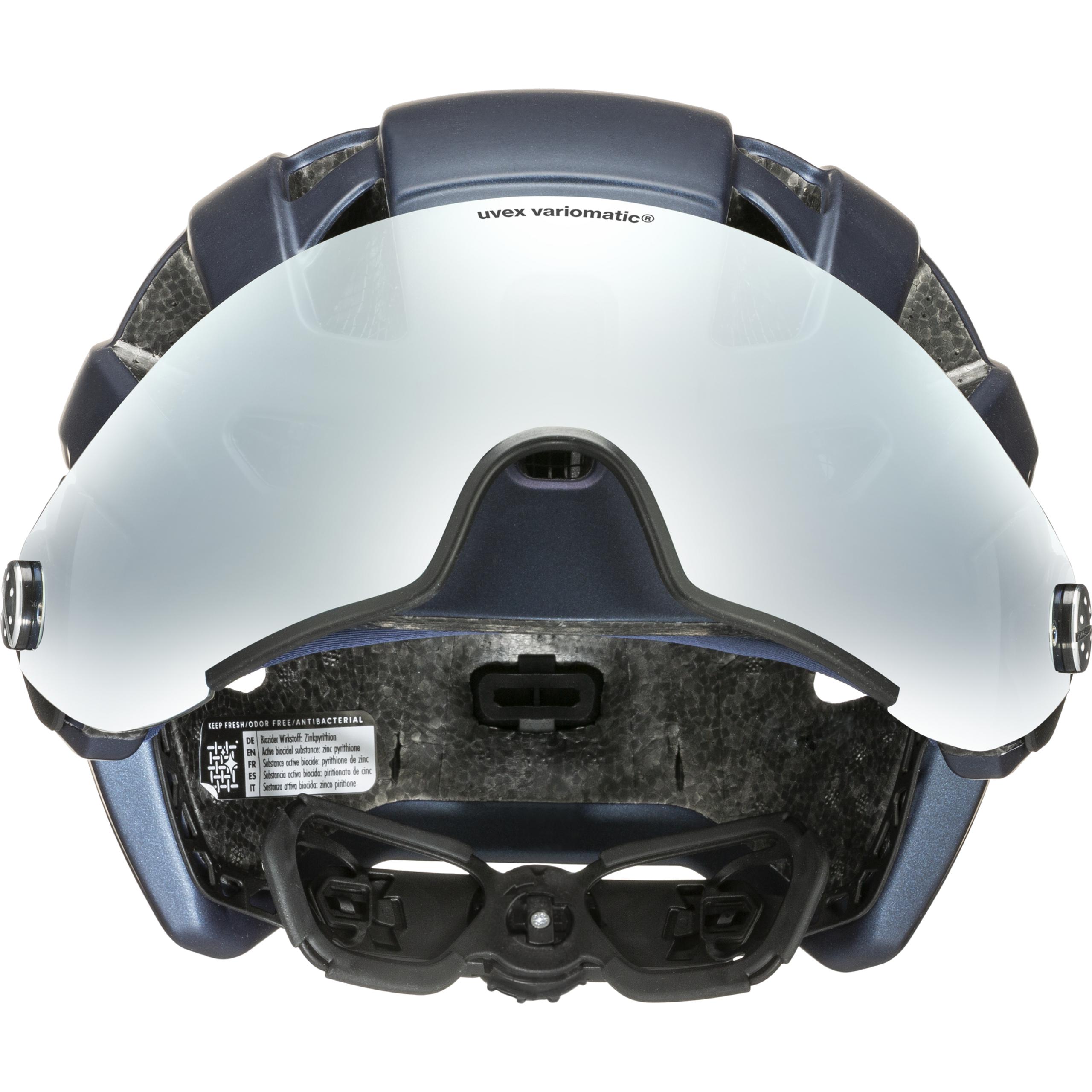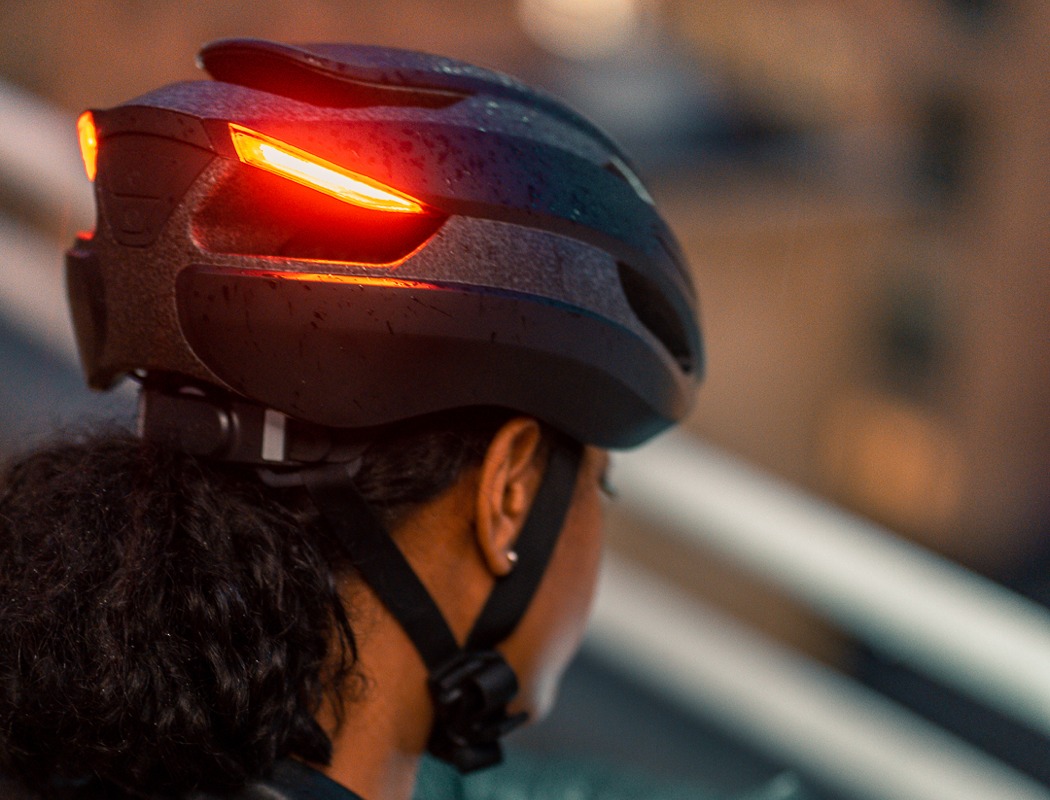Unveiling the Advantages of Bike Helmets with Visors
Bike helmets with visors have gained popularity among cyclists due to their numerous benefits. These helmets offer enhanced sun protection, as visors shield the eyes from harmful UV rays and glare, reducing eye strain and fatigue during long rides. Furthermore, bike helmets with visors contribute to improved visibility, as riders can easily see their surroundings without constantly readjusting sunglasses or eyewear. The added style factor is another advantage, with visors providing a sleek, integrated look that complements various biking apparel and accessories.
Selecting the right helmet is crucial for a safe and enjoyable cycling experience. Bike helmets with visors cater to a wide range of preferences and needs, ensuring that every cyclist can find a suitable option. By understanding the advantages of these helmets and the different types of visors available, riders can make informed decisions and invest in a high-quality product that enhances their biking adventures.
Selecting the Perfect Visor Type for Your Biking Adventures
Bike helmets with visors come in various types, each with its unique features and advantages. Understanding these differences can help cyclists make informed decisions and select the most suitable option for their needs and preferences.
Detachable visors offer the versatility of being removed or attached as desired. This feature is particularly beneficial for riders who engage in different types of cycling, such as mountain biking and road biking. A detachable visor can be easily swapped out, allowing for a more tailored riding experience. However, detachable visors may require additional attention to ensure proper positioning and secure attachment.
Fixed visors are permanently attached to the helmet, providing a streamlined appearance and consistent protection. These visors are ideal for disciplines like downhill mountain biking, where constant sun exposure and trail debris are common. However, fixed visors may not cater to riders who prefer a visor-free setup for certain activities.
Photochromic visors automatically adjust their tint levels based on changing light conditions. This advanced feature eliminates the need for riders to constantly switch between tinted and clear lenses. Photochromic visors are an excellent option for cyclists who frequently ride in unpredictable weather or varying light conditions. However, they may be more expensive than traditional visors and may not react as quickly to light changes as dedicated eyewear.
By considering these factors and evaluating personal preferences, cyclists can confidently choose the perfect visor type for their bike helmets, ensuring a safe, comfortable, and enjoyable riding experience.
Top Recommendations: Outstanding Bike Helmets with Visors
When searching for bike helmets with visors, it’s essential to consider quality, performance, and design. Here are our top recommendations for cyclists:
Giro Switchblade MIPS
The Giro Switchblade MIPS is a versatile full-face helmet designed for enduro and downhill mountain biking. Its removable chin bar allows riders to transition between a full-face and open-face setup, providing flexibility and convenience. The Switchblade features a Roc Loc Air DH fit system, ensuring a secure and comfortable fit, while the hydrophilic padding wicks away sweat for added comfort. Additionally, the helmet’s MIPS technology provides enhanced protection against rotational forces in the event of a crash.
Bell Super DH MIPS
The Bell Super DH MIPS is a high-performance full-face helmet suitable for gravity-focused mountain biking. Its breakaway camera mount and integrated breakaway visor help minimize the risk of injury during a crash. The helmet’s X-Static padding offers excellent moisture management and odor control, while the adjustable visor ensures optimal sun protection and visibility. The Bell Super DH MIPS also features MIPS technology for added safety.
POC Tectal Race SPIN
The POC Tectal Race SPIN is a lightweight and well-ventilated helmet designed for trail and enduro mountain biking. Its SPIN (Shearing Pad INside) technology helps reduce the effects of rotational forces in the event of a crash. The Tectal Race SPIN features a reinforced EPS liner, ensuring robust protection, while the adjustable visor provides excellent sun protection and compatibility with goggles. The helmet’s aramid bridge system enhances structural integrity, offering superior durability and protection.
How to Properly Adjust and Maintain Your Bike Helmet with Visor
Properly adjusting and maintaining your bike helmet with a visor is crucial for ensuring a secure fit, optimal performance, and prolonging the helmet’s lifespan. Here are some practical tips to help you get started:
Strap Adjustment
To adjust the straps, first, loosen them completely. Then, position the helmet on your head so that it sits level and one inch above your eyebrows. The Y-shaped straps should form a V shape under each ear, with the chin strap snug but comfortable. Once adjusted, check for any slack or twisting in the straps and make any necessary adjustments.
Visor Positioning
Visor positioning is essential for sun protection and visibility. Ideally, the visor should be positioned just above your eyebrows, allowing for unobstructed upward vision. Most visors are adjustable, so you can fine-tune the position based on your preferences and riding conditions.
Regular Cleaning
Regularly cleaning your bike helmet with a visor can help maintain its appearance and performance. Use a mild detergent and warm water to gently clean the exterior and interior surfaces. Avoid using abrasive materials or solvents, as they may damage the helmet or visor. Rinelyour helmet after each ride, and perform a deep clean at least once a month.
Storage and Transportation
When storing or transporting your bike helmet with a visor, avoid exposing it to extreme temperatures, direct sunlight, or excessive moisture. Use a helmet bag or case to protect it from scratches, dents, and other damage. Proper storage and transportation can help maintain the helmet’s structural integrity and extend its lifespan.
Style and Protection: Combining Fashion and Safety with Bike Helmets and Visors
Bike helmets with visors not only provide essential protection but also cater to various aesthetic preferences, allowing riders to express their unique style while staying safe. Today’s market offers a wide range of designs, colors, and materials, ensuring there’s a helmet with a visor to suit every rider’s taste.
For those who prefer a minimalist, understated look, sleek black or white helmets with matte finishes and subtle visors offer a sophisticated appearance. On the other hand, riders seeking a more vibrant aesthetic can choose from a variety of bold colors, patterns, and visor shapes to create a personalized style.
In addition to visual appeal, bike helmets with visors also offer functional benefits. Many visors are designed to integrate seamlessly with goggles, providing an unobstructed field of vision and enhanced protection during high-speed or off-road rides. Furthermore, visors can help shield riders from rain, branches, and other environmental factors, ensuring a more comfortable and enjoyable cycling experience.
When selecting a bike helmet with a visor, it’s crucial to balance style and functionality. Prioritize helmets that meet safety standards and certifications, such as CPSC, EN 1078, and ASTM F1952, to ensure optimal protection. Additionally, consider factors like ventilation, weight, and fit, as these elements can significantly impact comfort and performance during rides.
Understanding Safety Standards and Certifications for Bike Helmets with Visors
When selecting a bike helmet with a visor, it’s crucial to consider safety standards and certifications to ensure optimal protection. Various organizations worldwide establish and enforce safety regulations for bike helmets, providing peace of mind for cyclists.
In the United States, the Consumer Product Safety Commission (CPSC) sets safety standards for bike helmets. To meet CPSC requirements, helmets must undergo rigorous testing to evaluate their impact resistance, positional stability, and retention system performance. CPSC-certified helmets are designed to protect riders from severe head injuries during accidents.
The European Committee for Standardization (CEN) establishes safety standards for bike helmets in Europe, with the EN 1078 certification being the most relevant for bike helmets with visors. This standard mandates testing for impact absorption, penetration resistance, and chinstrap retention. Compliant helmets must also meet requirements for field of vision, shock absorption, and chinstrap strength.
The American Society for Testing and Materials (ASTM) sets safety standards for various sports equipment, including bike helmets. The ASTM F1952 certification applies to downhill mountain bike helmets, which often feature visors. This standard requires testing for impact attenuation, positional stability, and retention system strength, ensuring adequate protection for gravity-focused riders.
When purchasing a bike helmet with a visor, look for certifications from recognized organizations like CPSC, EN 1078, or ASTM F1952. These certifications indicate that the helmet has undergone rigorous testing and meets safety standards, providing essential protection for cyclists. By prioritizing safety certifications, riders can enjoy their biking adventures with confidence and peace of mind.
Bike Helmets with Visors: A Comparative Analysis
When selecting a bike helmet with a visor, it’s essential to compare various options based on factors like price, performance, and design. Here, we provide an in-depth analysis of popular bike helmets with visors to help cyclists make informed decisions.
Giro Switchblade MIPS
The Giro Switchblade MIPS is a versatile full-face helmet designed for enduro and downhill mountain biking. Its removable chin bar allows riders to transition between a full-face and open-face setup, providing flexibility and convenience. The Switchblade features a Roc Loc Air DH fit system, ensuring a secure and comfortable fit, while the hydrophilic padding wicks away sweat for added comfort. Additionally, the helmet’s MIPS technology provides enhanced protection against rotational forces in the event of a crash. Priced around $250, the Giro Switchblade MIPS offers excellent value for its robust features and adjustability.
Bell Super DH MIPS
The Bell Super DH MIPS is a high-performance full-face helmet suitable for gravity-focused mountain biking. Its breakaway camera mount and integrated breakaway visor help minimize the risk of injury during a crash. The helmet’s X-Static padding offers excellent moisture management and odor control, while the adjustable visor ensures optimal sun protection and compatibility with goggles. The Bell Super DH MIPS also features MIPS technology for added safety. With a price point of approximately $300, this helmet is an investment in protection and performance.
POC Tectal Race SPIN
The POC Tectal Race SPIN is a lightweight and well-ventilated helmet designed for trail and enduro mountain biking. Its SPIN (Shearing Pad INside) technology helps reduce the effects of rotational forces in the event of a crash. The Tectal Race SPIN features a reinforced EPS liner, ensuring robust protection, while the adjustable visor provides excellent sun protection and compatibility with goggles. The helmet’s aramid bridge system enhances structural integrity, offering superior durability and protection. Priced around $220, the POC Tectal Race SPIN offers a balance between performance, safety, and affordability.






